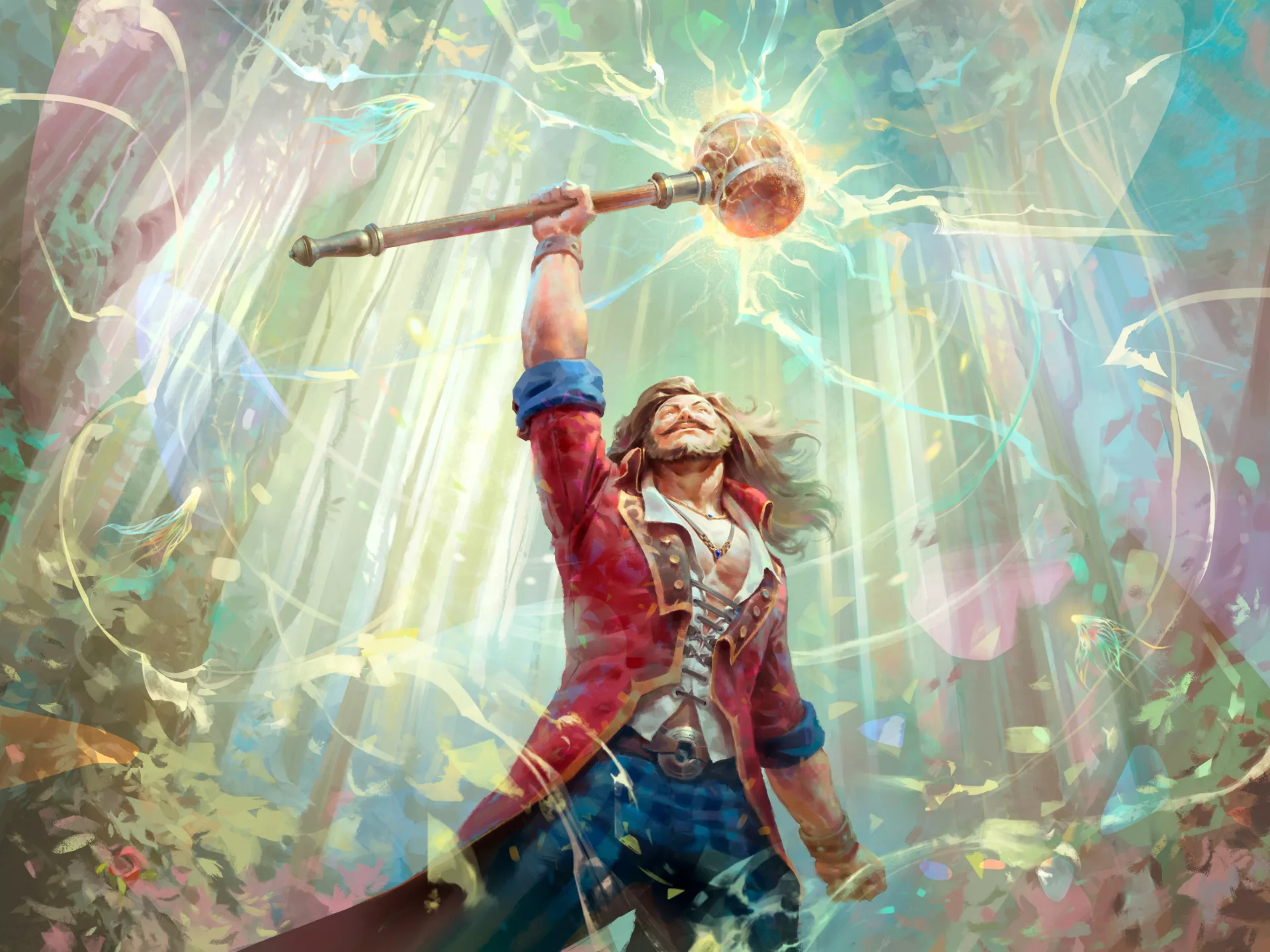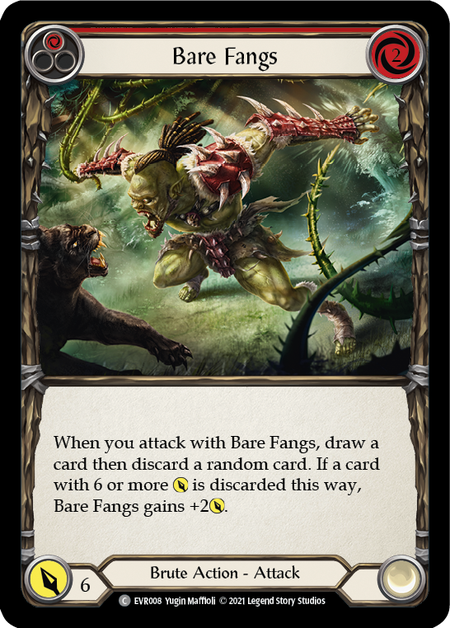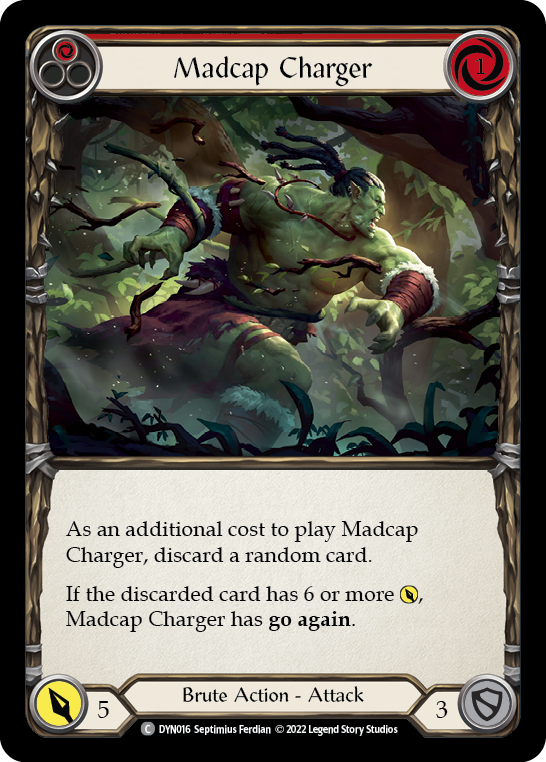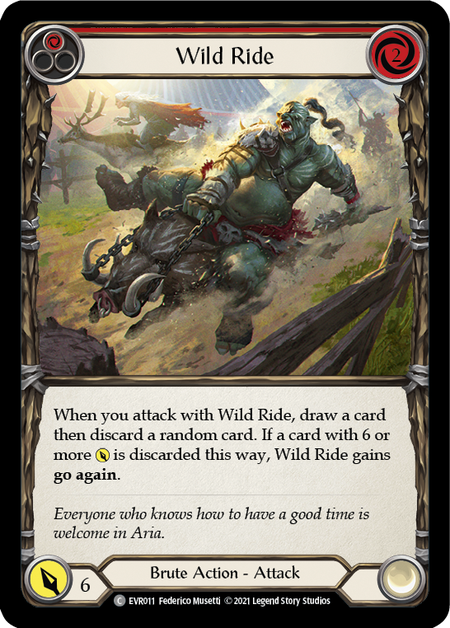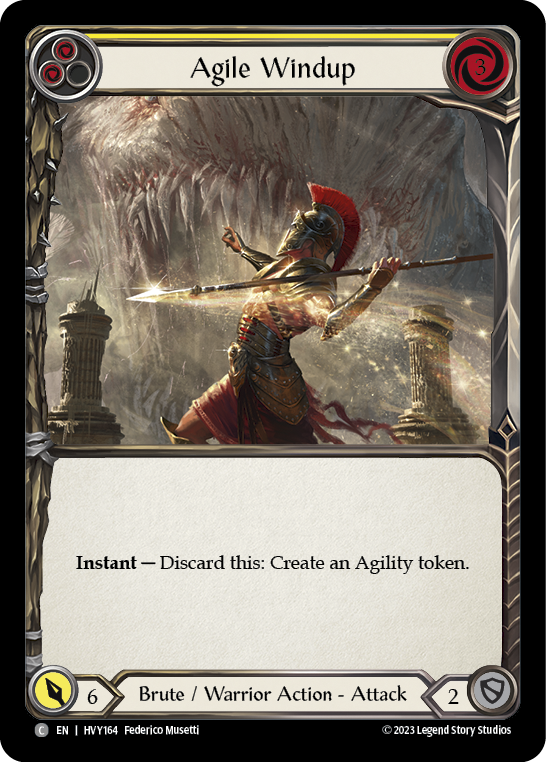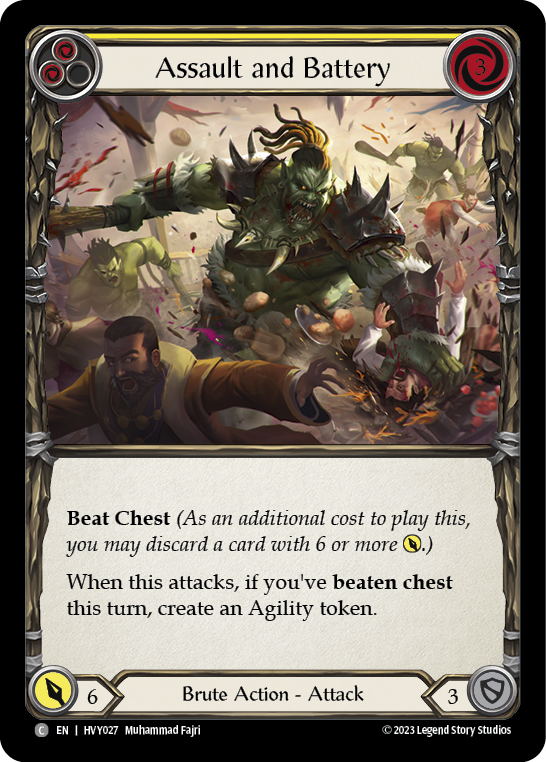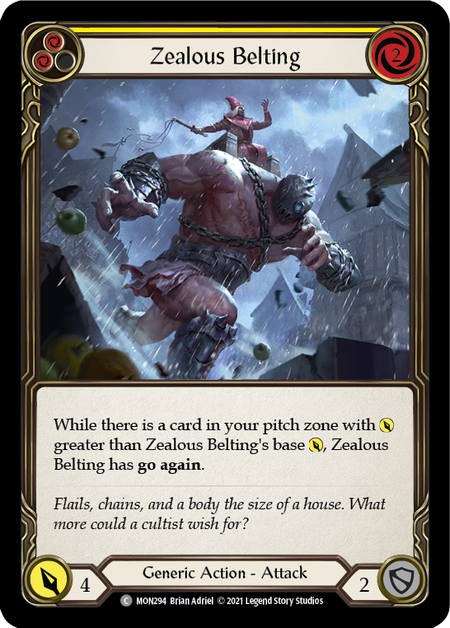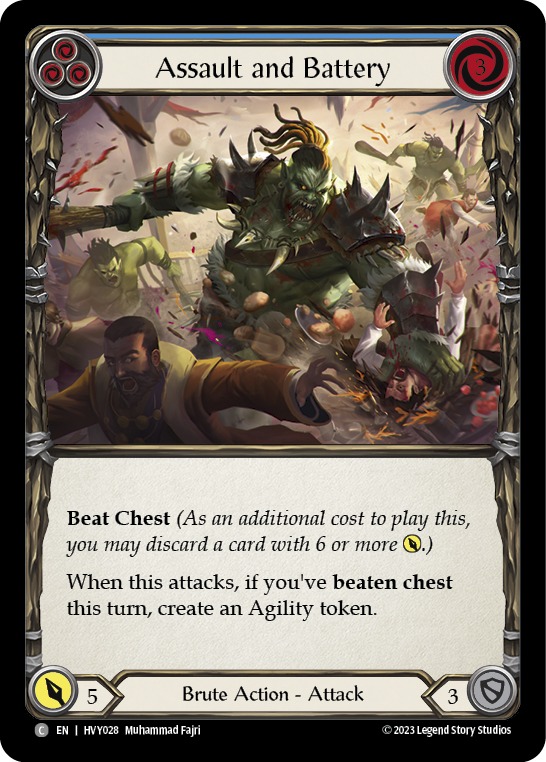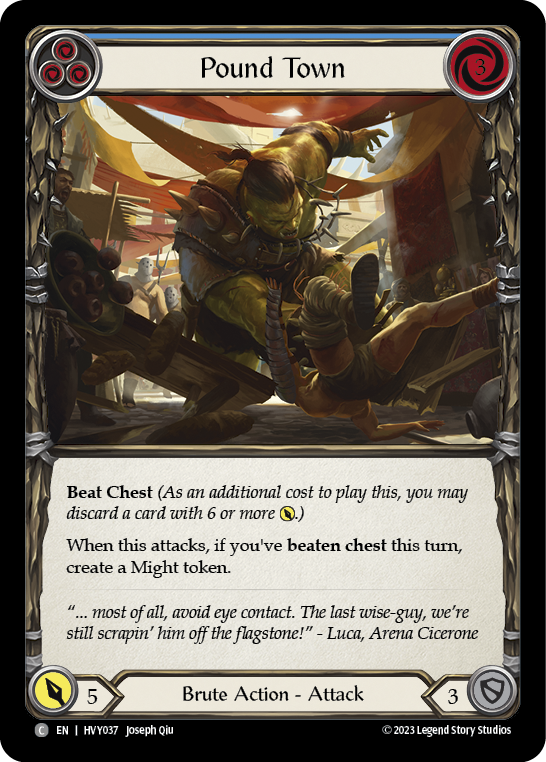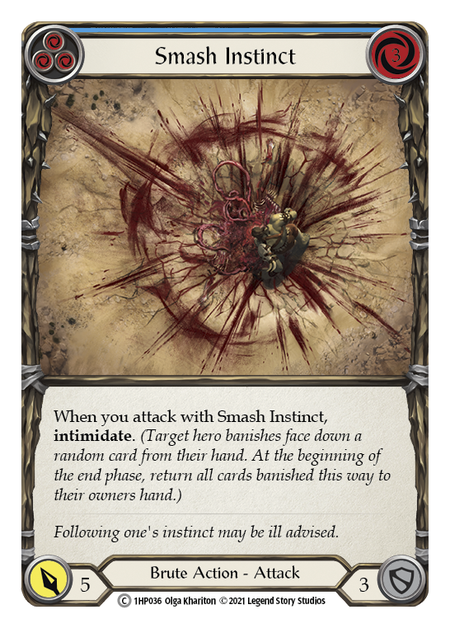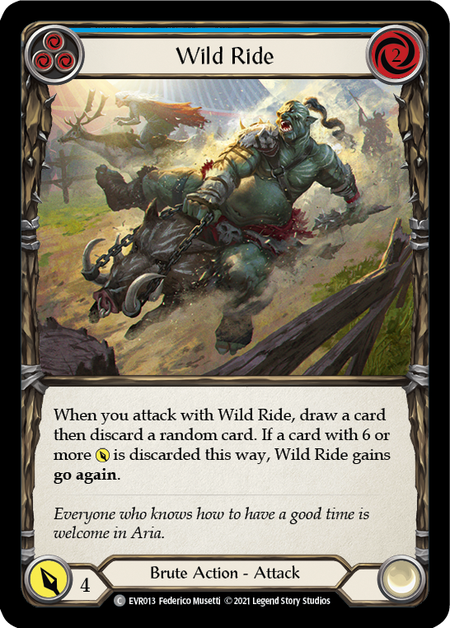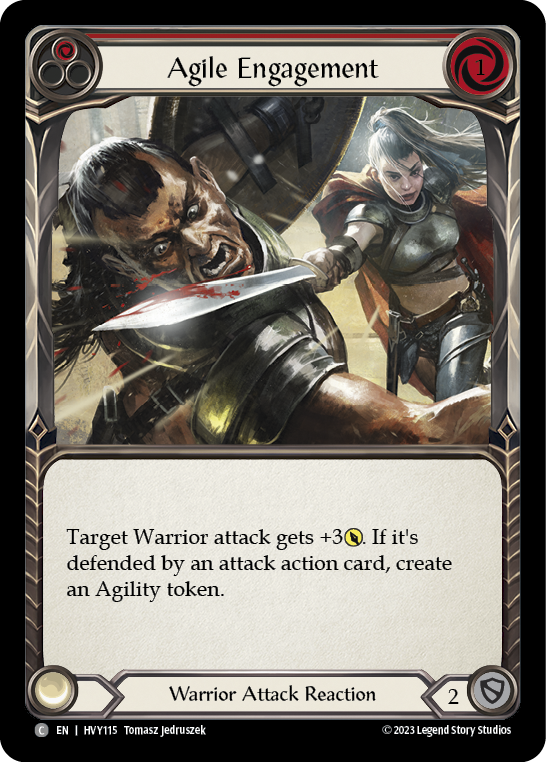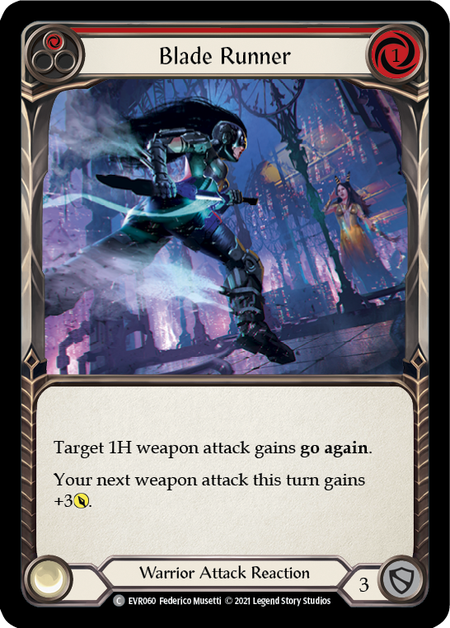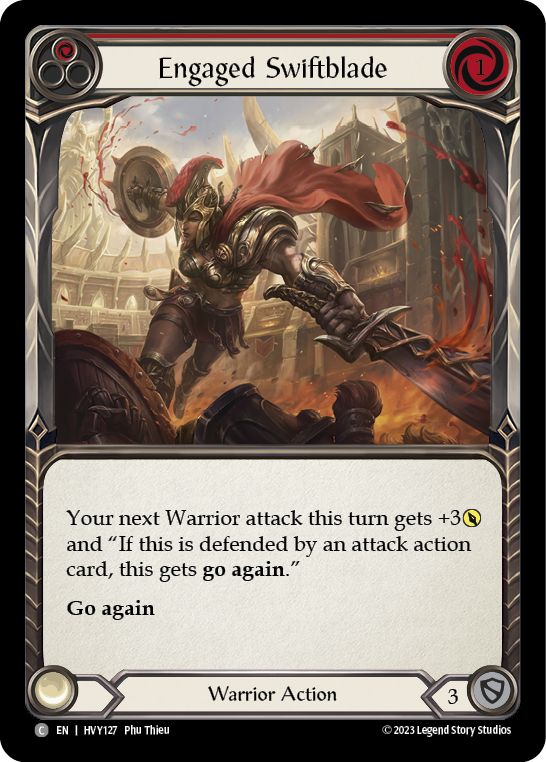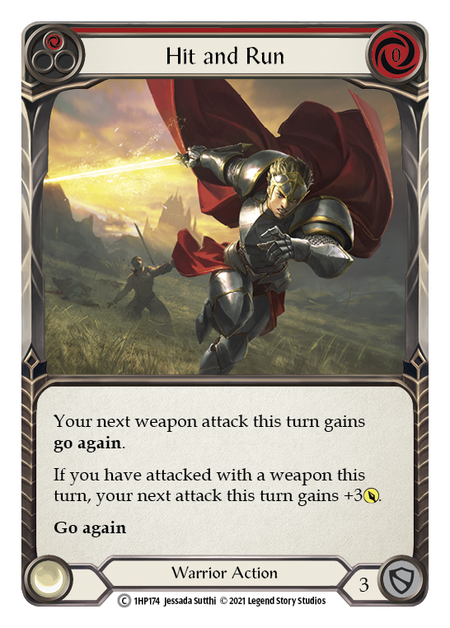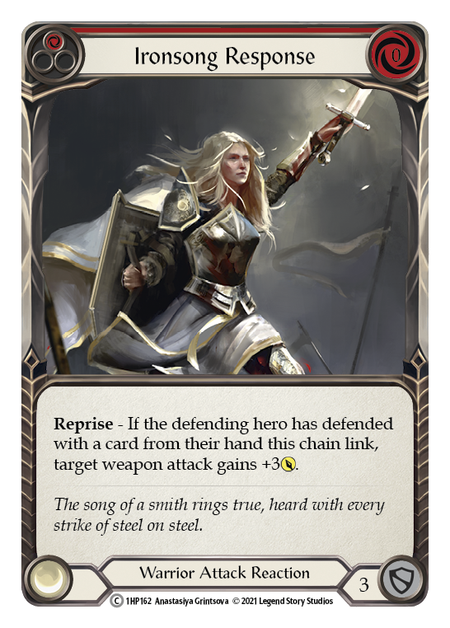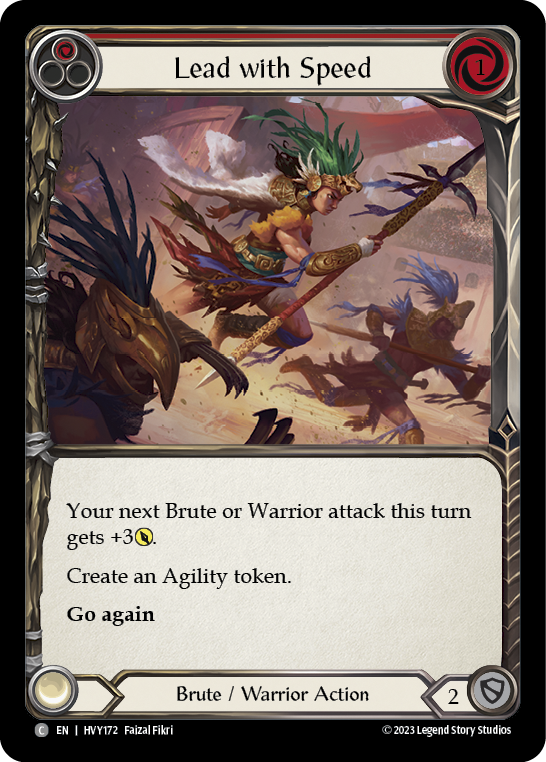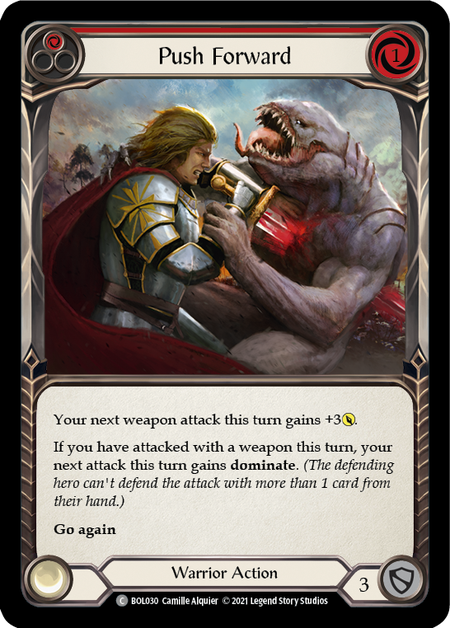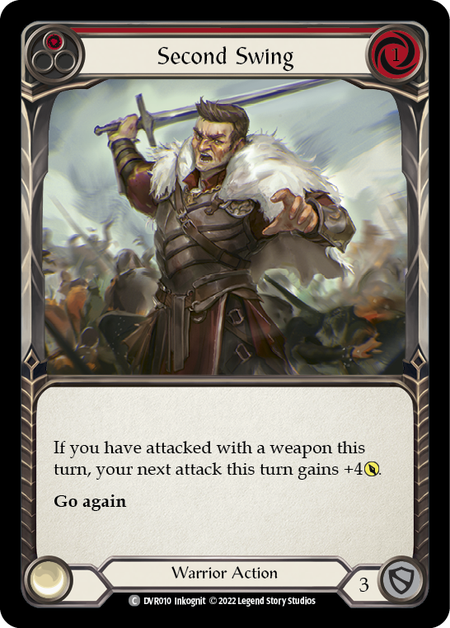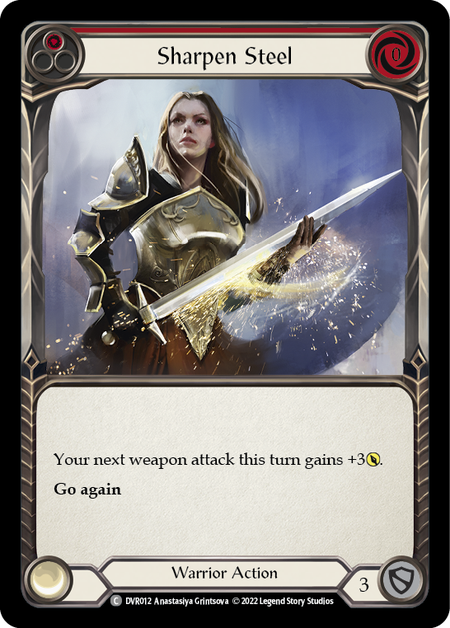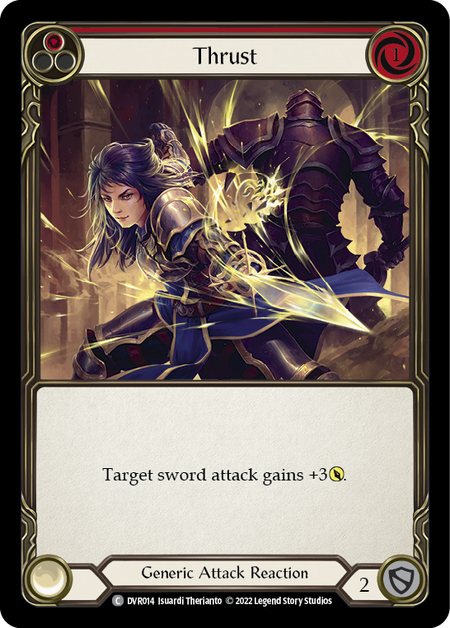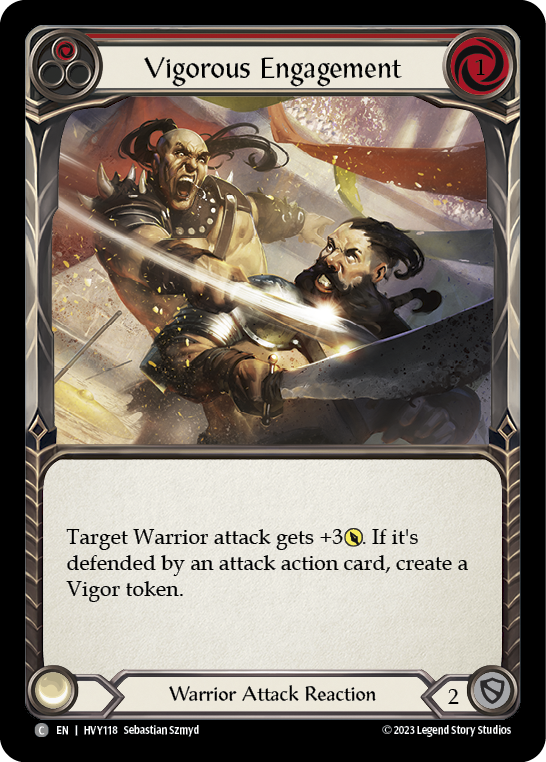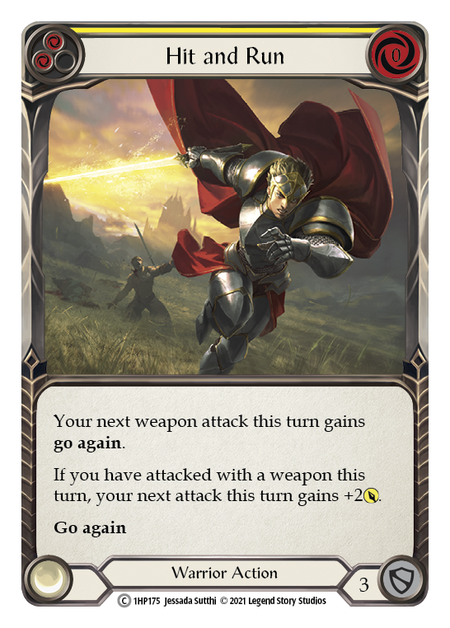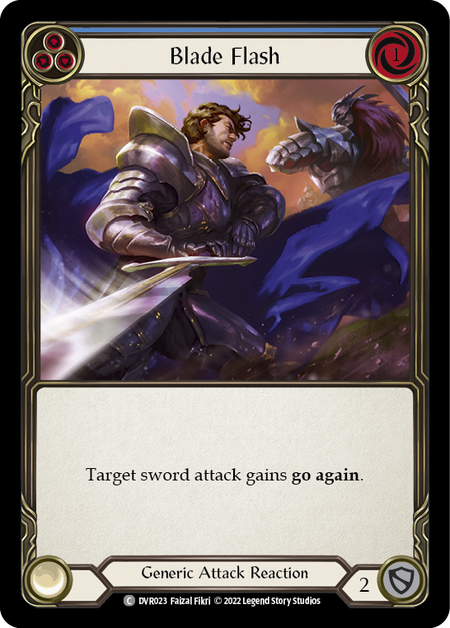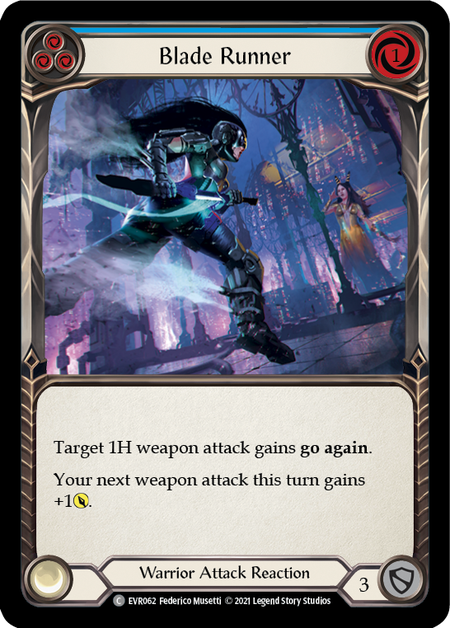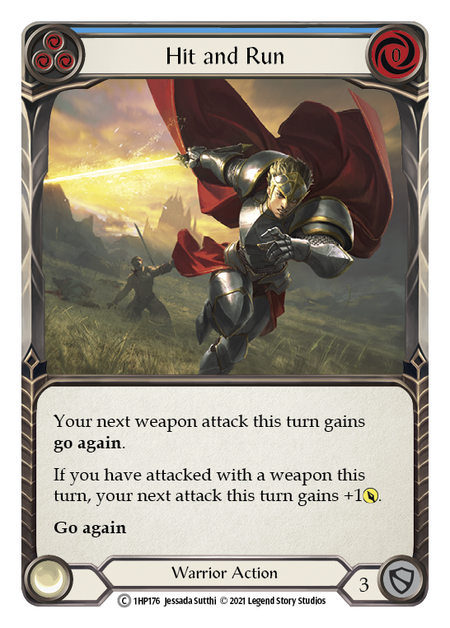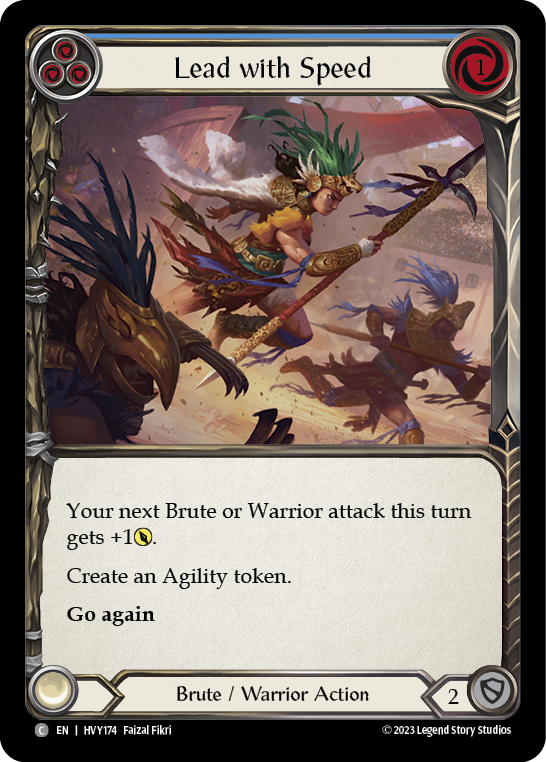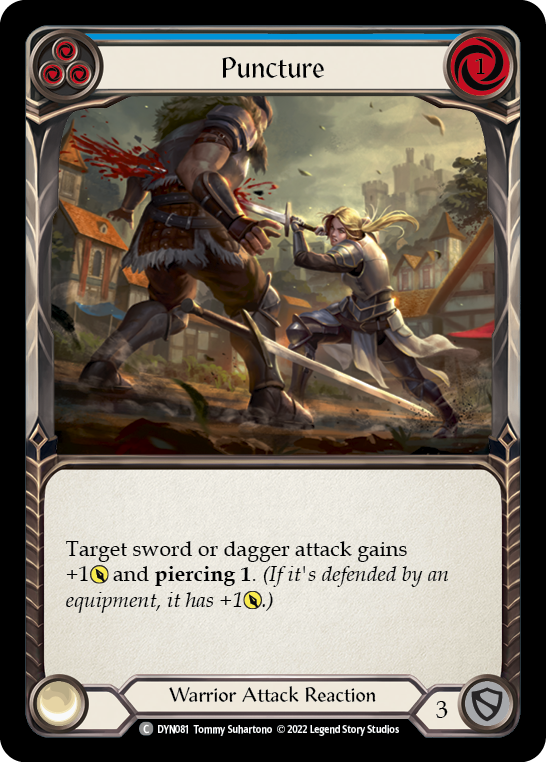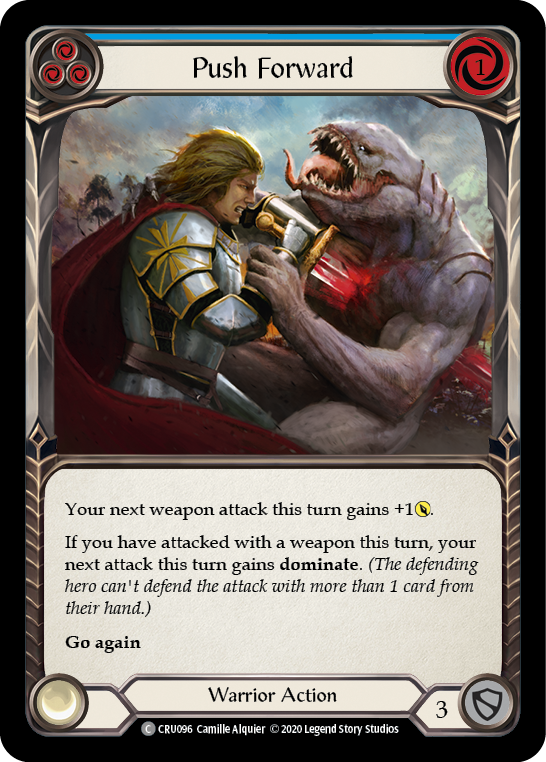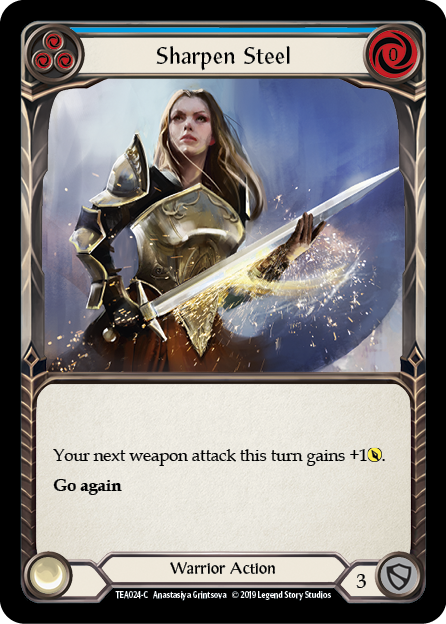“I see the beauty in what others disregard!”
Art: Show Time! by Alexander Mokhov
by Alexander Mokhov
Table of Contents
Commoner is a very fun format that, as the name suggests, only allows you to use commons! It has a similar ruleset to blitz, with the biggest distinction being only commons. Something I love about Commoner is the accessibility to the format, as well as how much fun the decks are. The common-only restriction actually makes deckbuilding very interesting and allows for some interesting takes on popular strategies throughout Flesh and Blood. Accessibility and affordability are some of the best qualities of Commoner. I have been having so much fun, and if you already love Commoner, this will certainly be a review with a couple of deck ideas thrown in! And if you haven’t played it, I hope this serves as a guide to get you into one of the most interesting and fun formats in Flesh and Blood! Without further adieu, let’s get it!
Format Rules for Commoner:
- Commoner is based on the Blitz format but with additional restrictions.
- One young hero card (common or rare)
- 52 card-pool
- weapons and equipment (common or rare)
- cards in the deck (only common)
- Start with exactly 40 cards in the deck
- Up to 2 copies of each unique card
Source: fabtcg.com
Additional Deck Construction Rules:
- In Commoner, each player registers their young hero card (common or rare) and 52 cards that make up their card-pool. The card-pool includes arena-cards (weapons, equipment, etc. which may be common or rare), and deck-cards that will start in the player’s deck (which may only be common).
- A card is considered a common card if it has ever been printed with the common-rarity or token-rarity. (e.g. Lunging Press was printed as a common rarity in the Katsu Hero Deck, so it is considered a common card despite also being printed as a rare rarity in Crucible of War)
- A card is considered a rare card if it has ever been printed with the rare-rarity and is not a common card.
- A card can only be included in a Player’s card-pool if the card’s class/talents are a subset of the hero’s class/talents (e.g. a Light talent card can only be included in a card-pool if the hero has a Light talent). Generic cards can be included in any card-pool.
- A card-pool may contain up to 2 copies of each unique card. A card is unique if it has a different name AND pitch value from another card. (e.g. Sink Below (red) is unique compared to Sink Below (blue) because they have different pitch values)
Source: fabtcg.com
How Do I Get Started and Decide On A Deck?
Getting started is pretty easy, if you have an LGS that runs Flesh and Blood ask about Commoner, even if the LGS doesn’t run Commoner events you are likely to find Flesh and Blood players there who would love to jam a game in Commoner, additionally, you could always bring two decks and ask people to play! If you don’t have an LGS to play Flesh and Blood at check out Talishar, the link is in the format resources below and it is an online version of Flesh and Blood that supports Commoner and where I did all of the testing for both of the decks featured here!
Just like every format in Flesh and Blood, there is no right answer on how to decide on a deck; whether you choose purely on art, your playstyle, or you just feel like picking from the list, it’s totally up to you. The biggest beauty of Commoner is being able to play any hero you want with a pretty low barrier to entry, I also love the power-level scaling in Commoner since they are all commons you avoid a lot of broken cards that you would find in other formats. This does not mean that the commons are weak, as there are a ton of very strong commons, but they are certainly not on the power level of CC or blitz.
Two Commoner Decks to Check Out!
One of the best parts of Commoner is how cheap it is in terms of price, which gives the format a ton of accessibility to players, new and old. Commoner also really levels the playing field; since everyone is running commons, you don’t see some of the issues like in CC where card access due to price can be problematic. To showcase how this format can be cheap and strong I have built two decks below for only ten dollars a piece. Both of these fall into the aggro side in terms of playstyle but are an absolute blast to pilot even for players who typically don’t play aggro, and two decks that I have on paper and use as a teaching tool to get some more exposure to the format.
$10 Kayo Brute Beatdown!
Click here to copy full decklist to your clipboard!
| Hero / Weapon / Equipment |
|---|
| Hero: Kayo 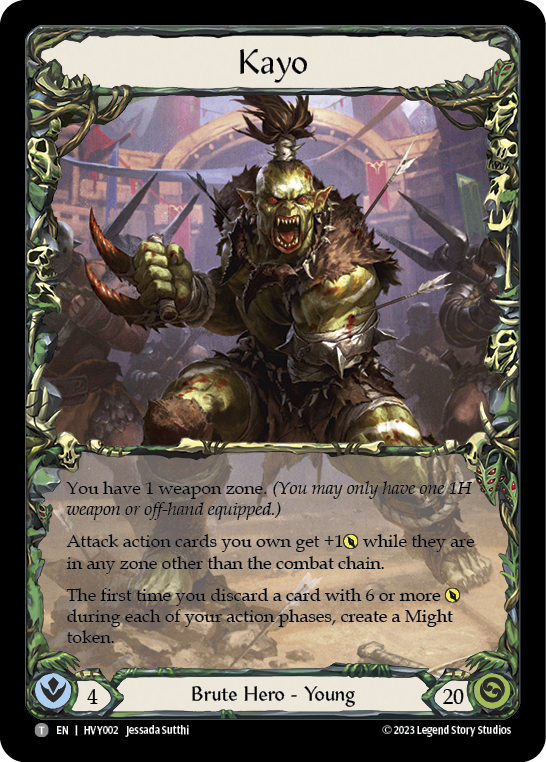 Weapons: Mandible Claw  Equipment: Knucklehead  Barkbone Strapping  Gauntlet of Might  Flat Trackers 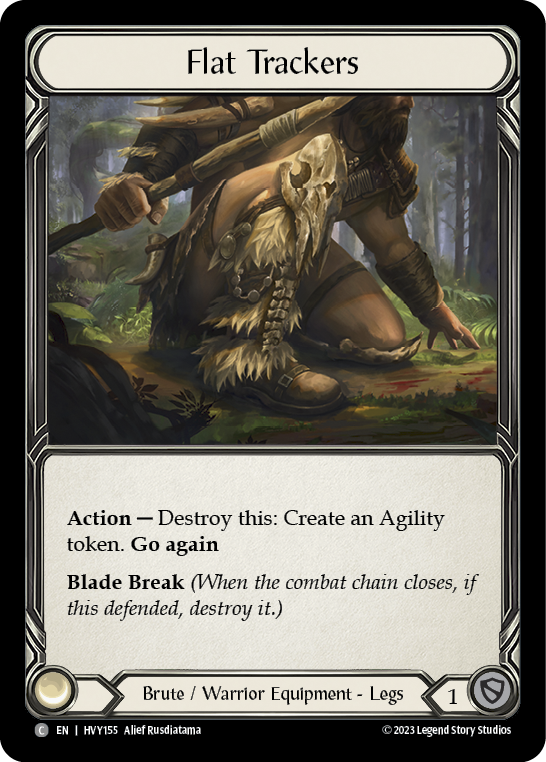 |
| Inventory: |
|---|
| Pitch 1: 2x Oasis Respite (Red) 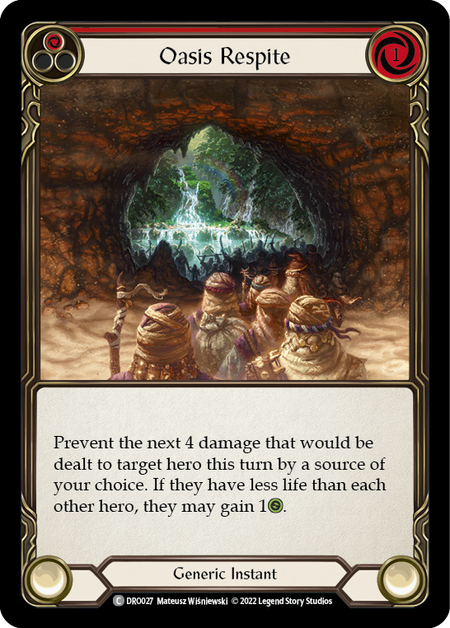 2x Sink Below (Red) 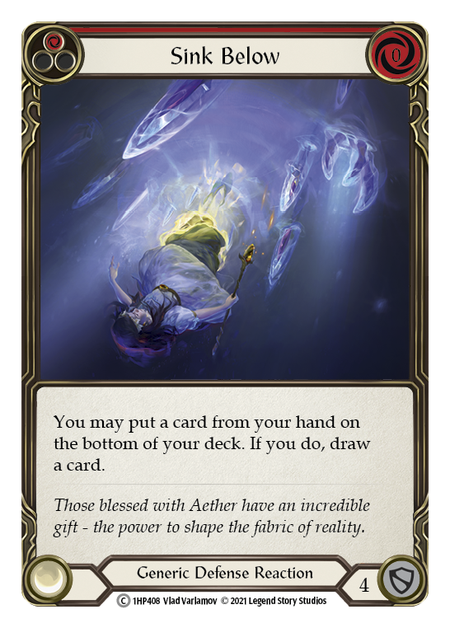 Equipment: Nullrune Hood 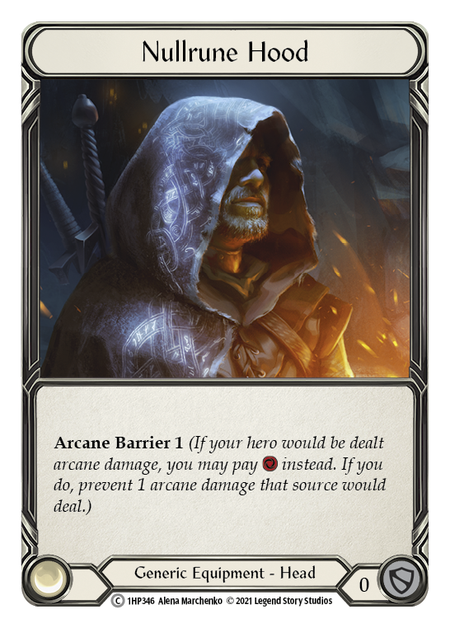   Heartened Cross Strap   Nullrune Gloves 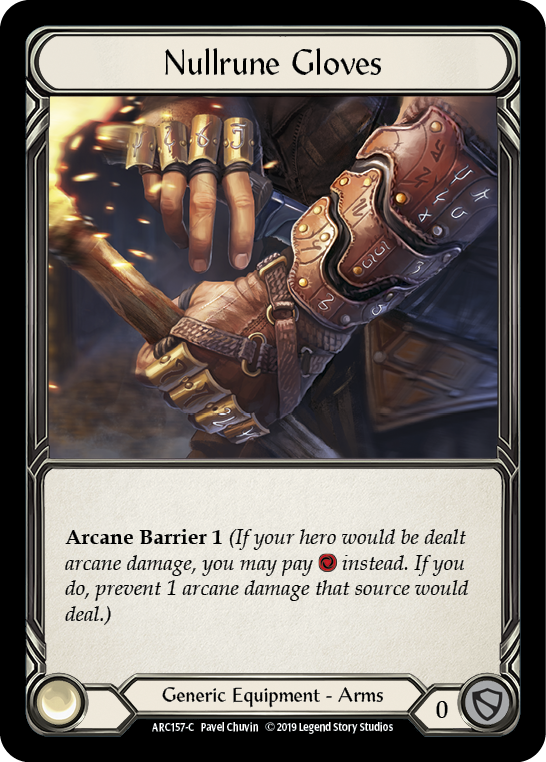   |
The monster of CC beats his chest into Commoner, while I would say I am hyping Kayo up a little bit too much. Kayo is certainly strong in other formats and is pretty good in commoner as well; this brute just can’t lose! This is an aggro Kayo deck focusing on attacking every turn, and for a lot, we also have the added benefit of might and vigor tokens, which help make our brute cards better, and more damage and go again is extremely strong for a brute deck. We are very heavy on red, and brute has a ton of support at common, which makes this deck pretty strong; like most aggro decks, it ends up being a race if we are in an aggro matchup, but against control decks, we can easily control and deal a ton of damage in the early game but need to be a little more careful in the mid-late game.
$10 Dorinthea Aggro Axes!
Click here to copy full decklist to your clipboard!
| Hero / Weapon / Equipment |
|---|
| Hero: Dorinthea 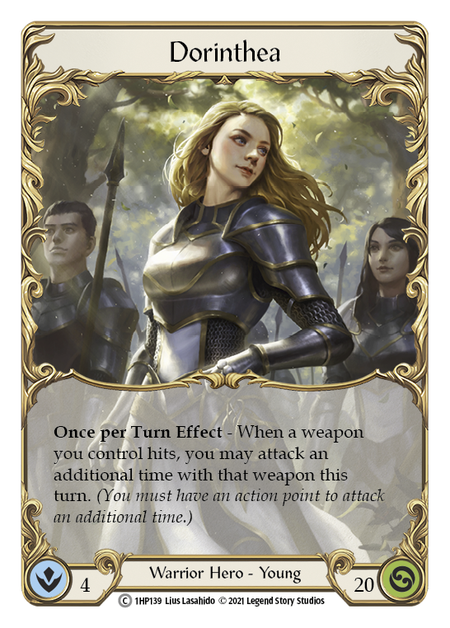  Weapons: Hatchet of Body 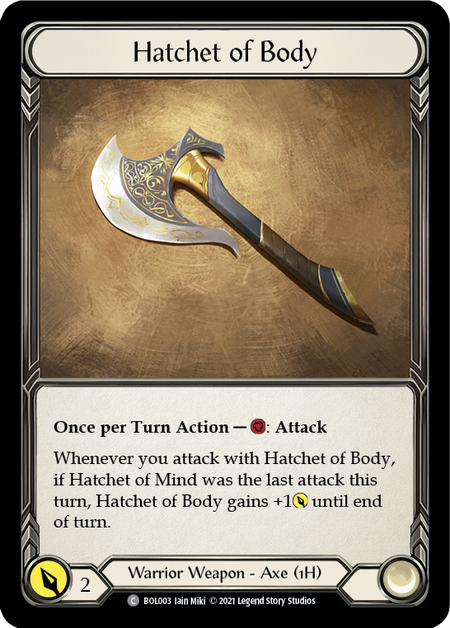  Hatchet of Mind 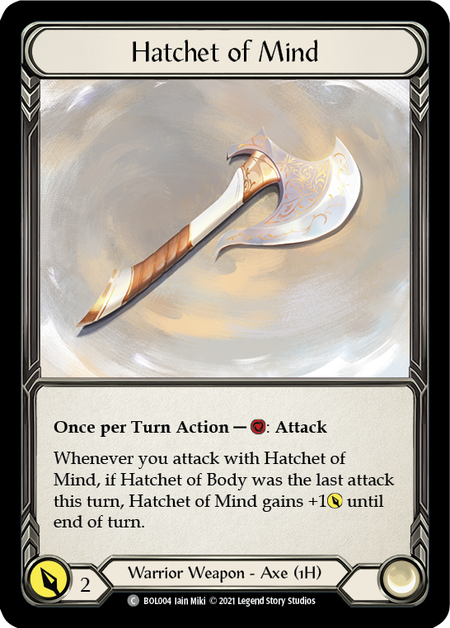  Equipment: Ironrot Helm 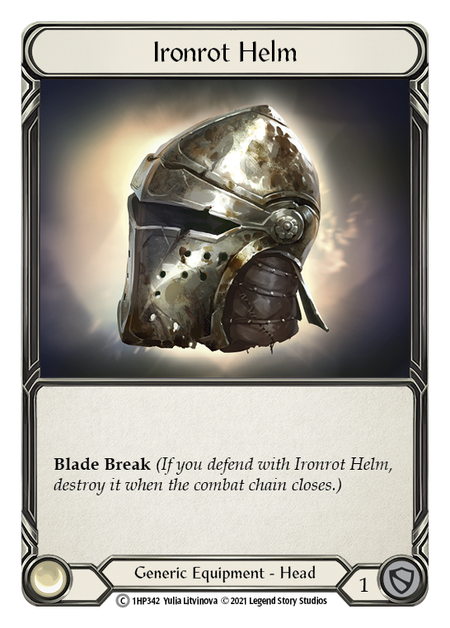  Blossom of Spring 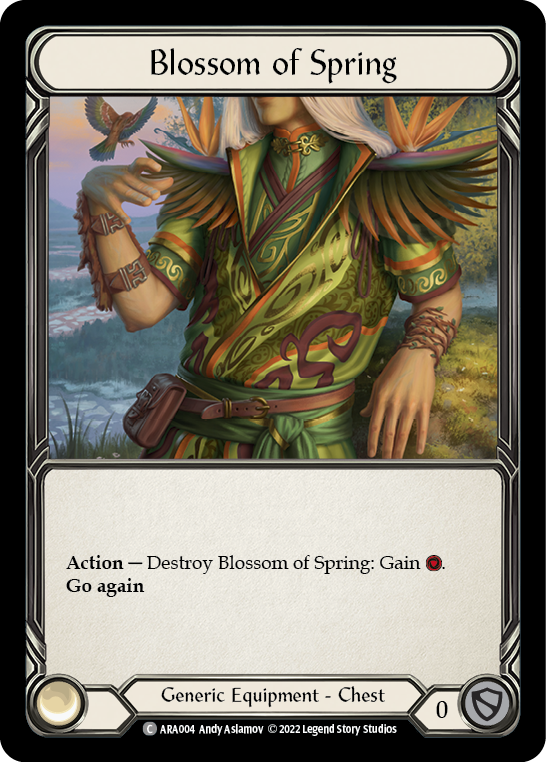  Gallantry Gold   Refraction Bolters 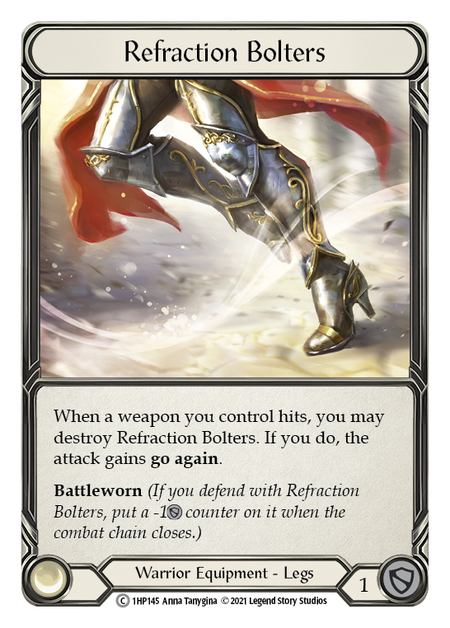  |
| Inventory: |
|---|
| Pitch 1: 2x Sink Below (Red)    Pitch 3: 2x Brandish (Blu) 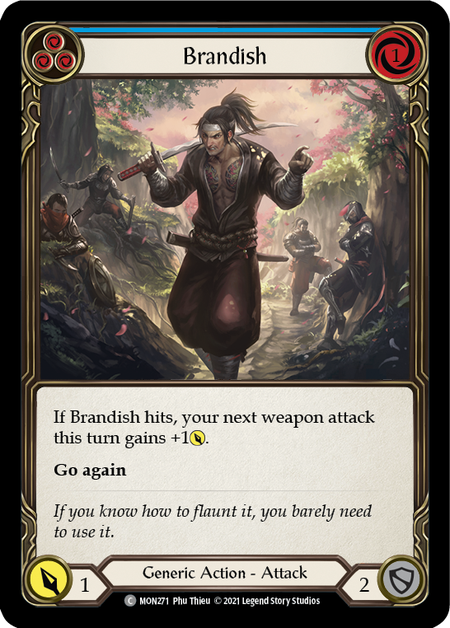  Equipment: Nullrune Hood    Nullrune Gloves    |
Dorinthea is a hero I specifically checked out when I first got into Commoner; I had never played her in any other format, and let me just say, wow, Dorinthea is an absolute blast. This deck is hyper-aggressive and focuses on attacking with both of our axes and dealing a ton of damage. We have a lot of weapon buffs, and we go again. The axes themselves provide a minor buff as well. I have been having a ton of fun with this hero and this deck. The most important thing we can do in the deck is trigger Dorinthea’s ability, and if we have an opponent who loves to block, we have a ton of attack reaction buffs and quite a few sources of go again, which allows us to trigger Dorinthea on nearly every one of our turns.
Format Resources:
Fabtcg The official site from the creators of the game Legend Story Studios has awesome information like store locators and info about new and old sets, find decklists from old and more recent tournaments, a great one-stop shop for information.
Fabrary is an amazing resource for decklists and individual information about cards.
Talishar.net an online version of Flesh and Blood that also supports Commoner!
Conclusion:
I hope you enjoyed this write-up and are getting ready to check out Commoner! It is an absolute blast, and due to the low cost and general accessibility of cards, it is perfect for any player of any skill level. Just like the other formats in Flesh and Blood, there are differences between the formats that make Commoner quite unique, and it offers a different gameplay experience because of power level. Jam some Commoner; it is an absolute blast. Thanks for reading to the end and for all of your support!

